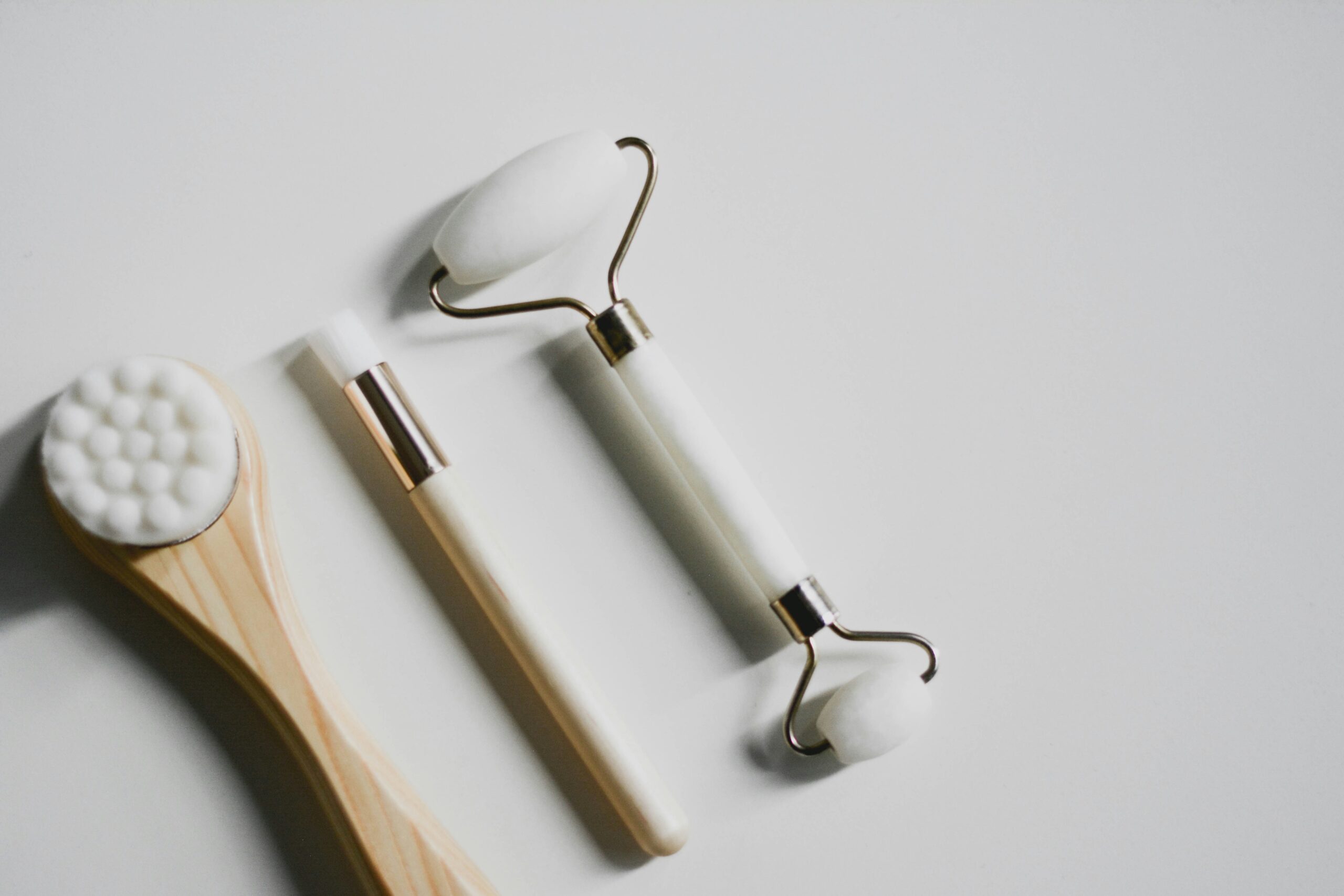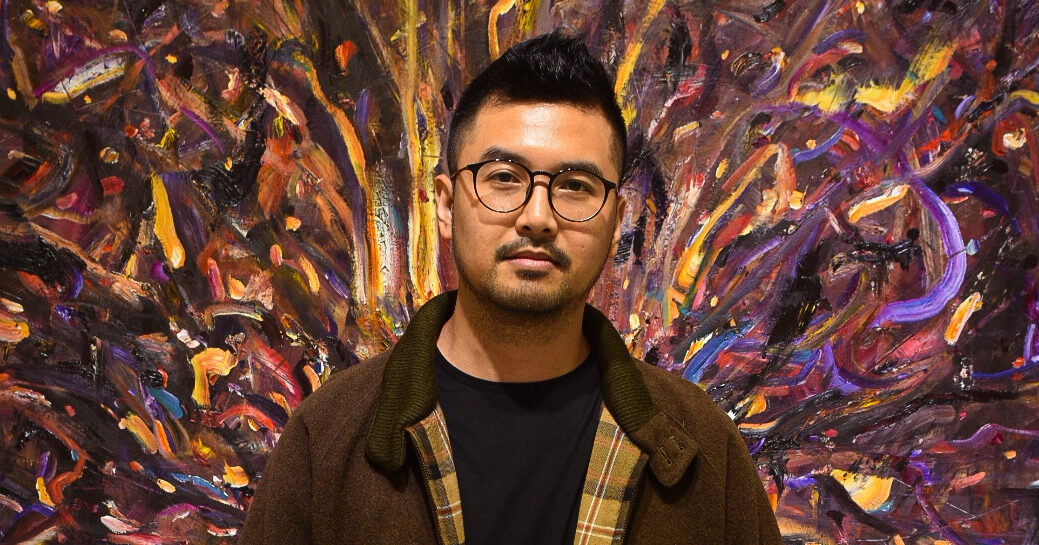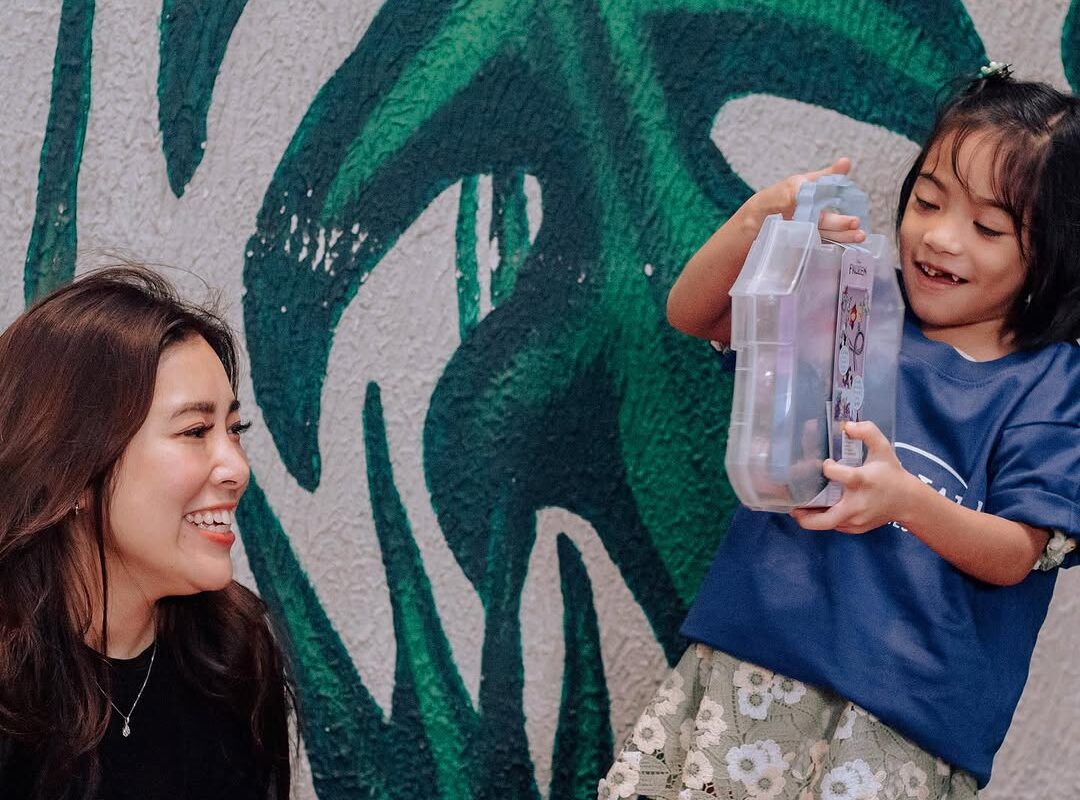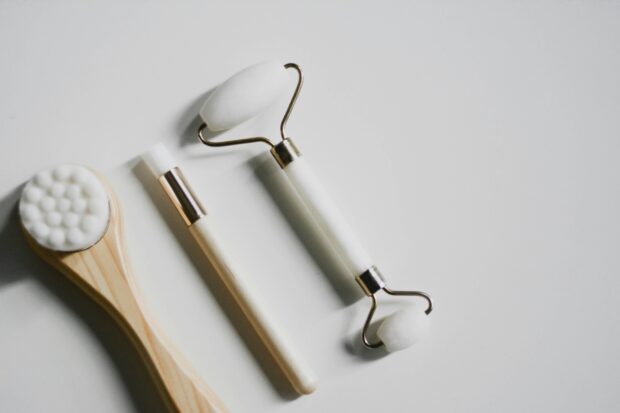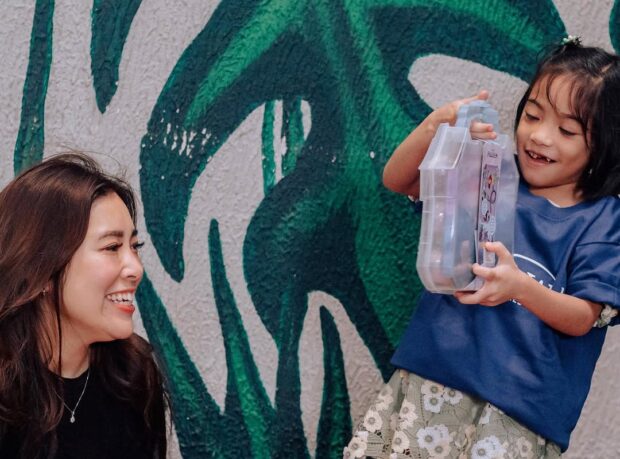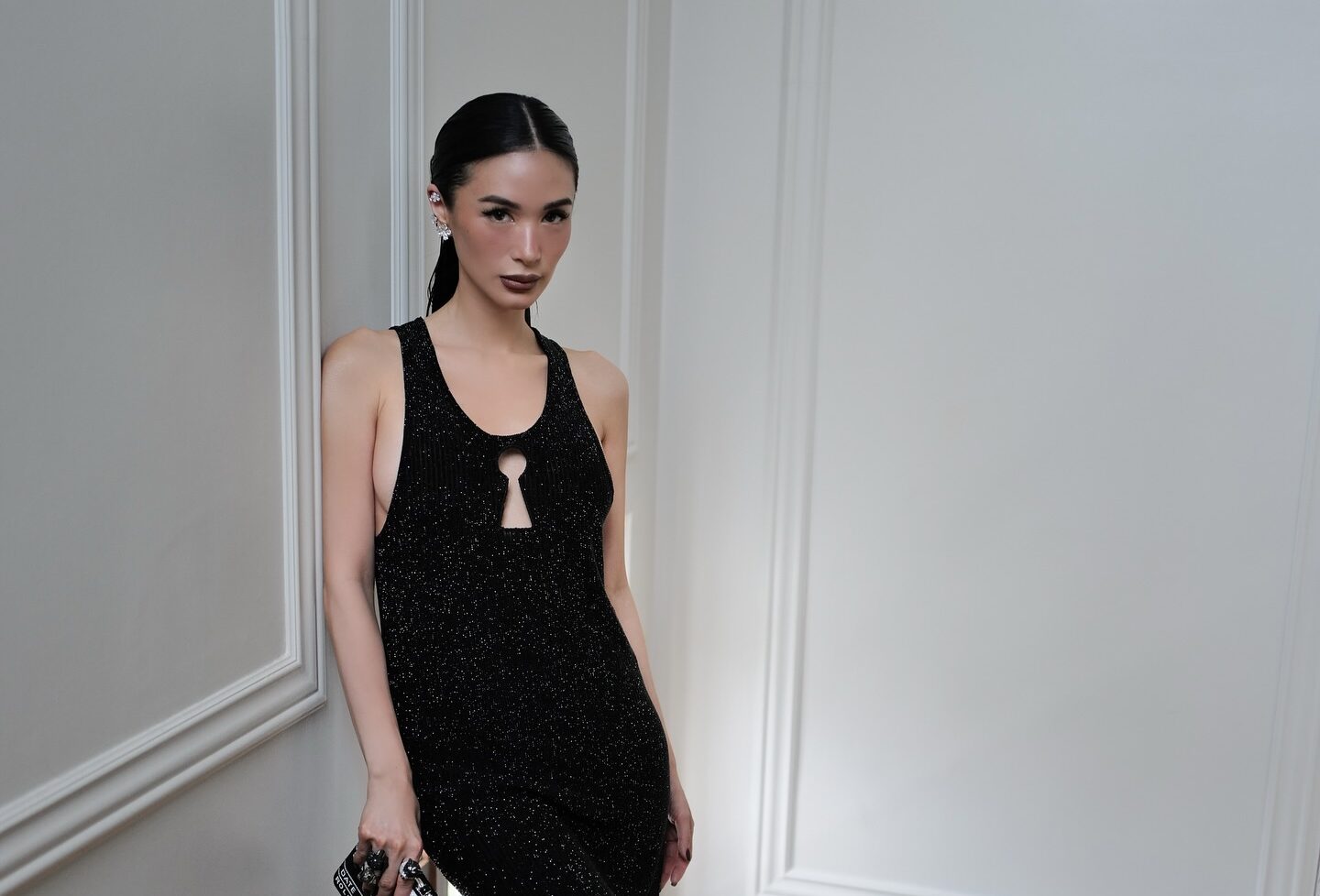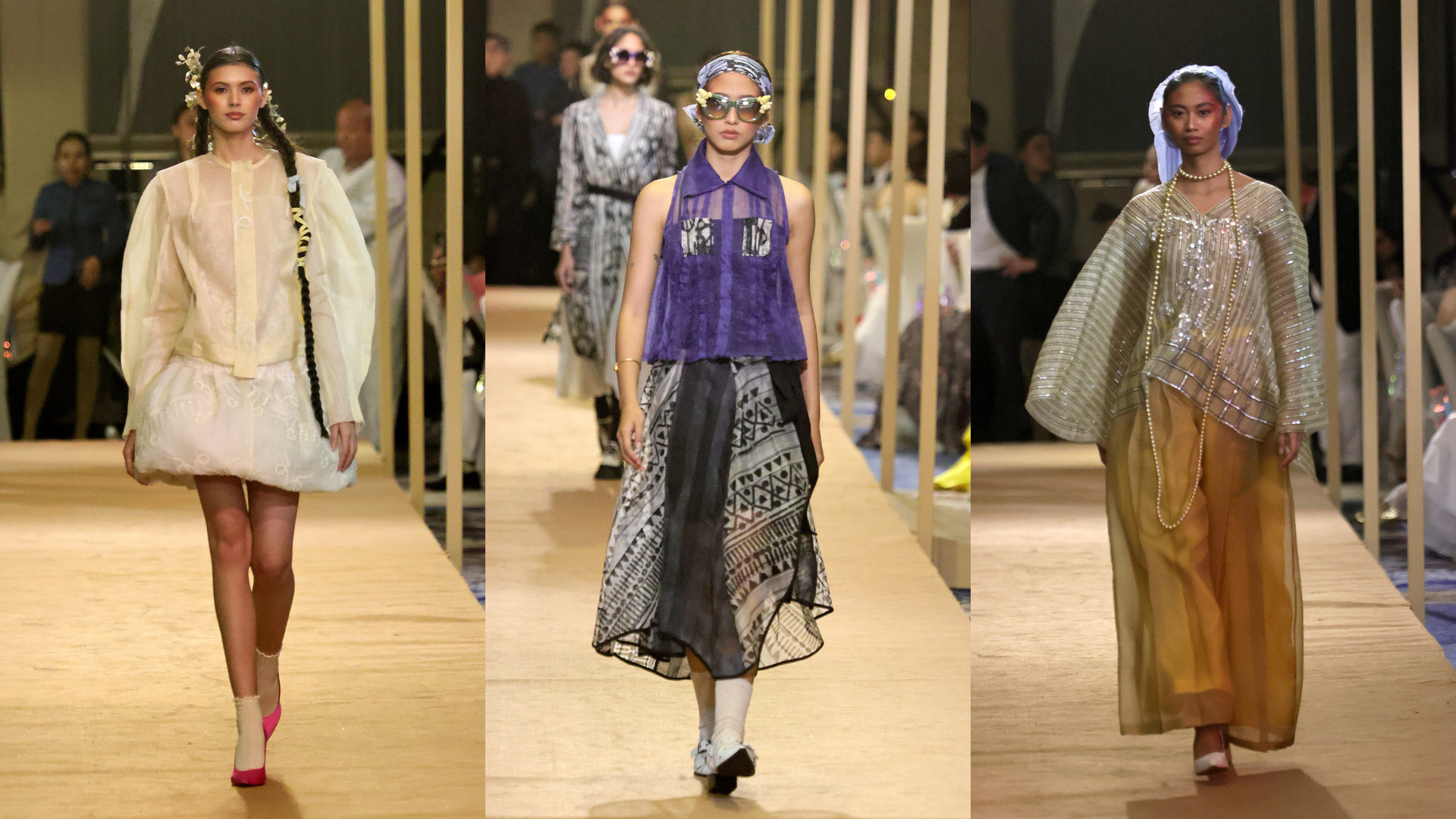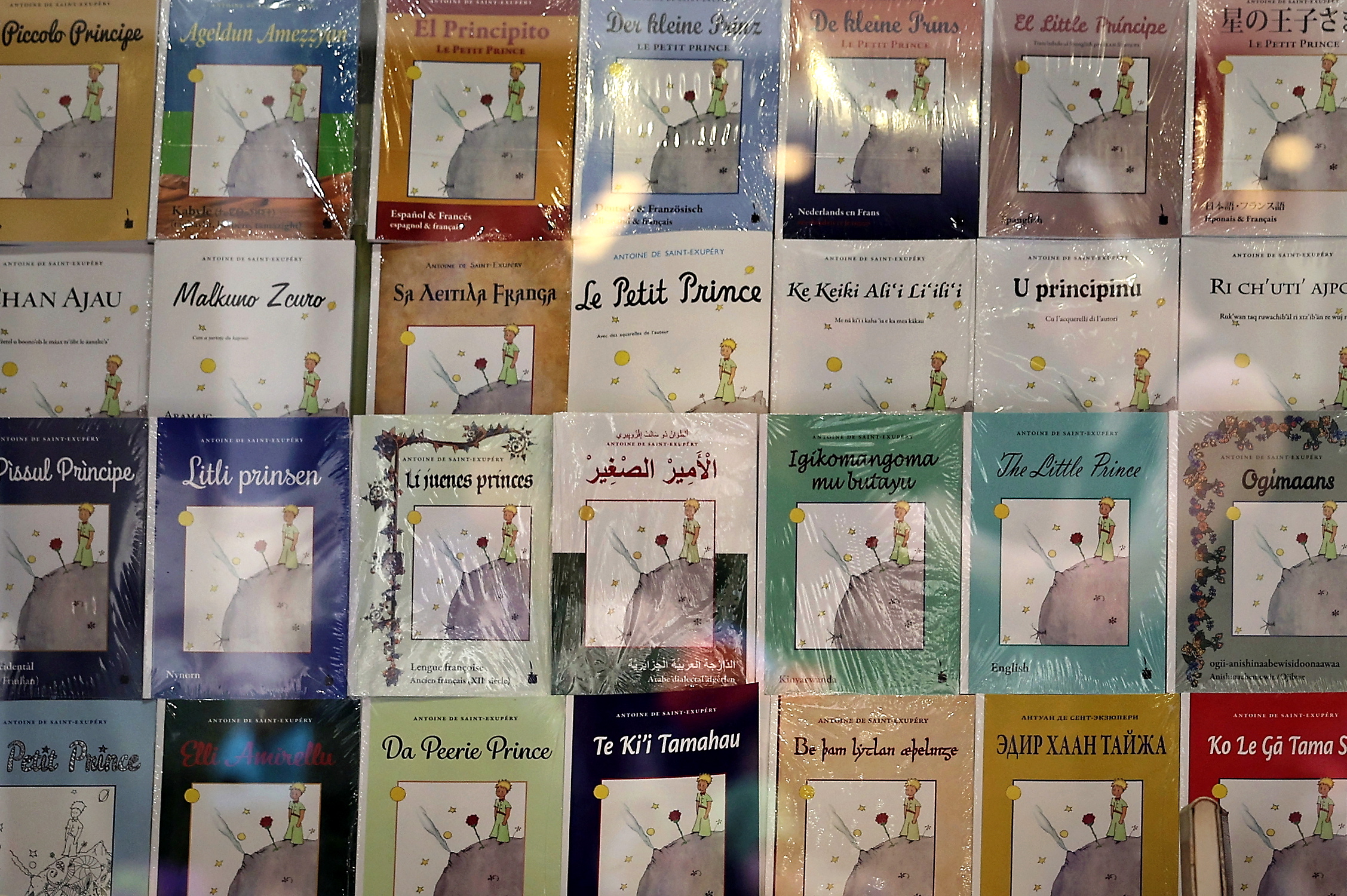First of two parts
To cap the celebration of Women’s Month, each of the Lifestyle staff chose living Filipino women (or groups of women) who have been trying to make a difference in society, across sectors. Theirs has been a steady, not necessarily loud, yet significant, achievement through a decade, at least, or even two generations.
In this day of social-media hype, we admire these women not for their number of followers or the number of likes they garner—many of them aren’t even on social media—but for their passion that hasn’t diminished through time, their commitment to a cause or vision, their ability to inspire others. And in their silent, sometimes unheralded, way, by dint of hard work, they help make the country a better place for the next generation. At least, they try to—one day at a time, no matter the odds.
They’re not the so-called “influencers” anointed by marketing/brand specialists. They’re not the “serial award recipients” chosen to promote a certain brand.
Rather, they toil away to give us and the next generation hope in the Filipino. TSS
Vice President Leni Robredo
Can you live your day eyeballing the barrel of the gun?

We don’t know of many people who can, regardless of their politics, gender or income status. But Leni Robredo has been doing just that for years now—an elected official, a widow and mother to three grownup women, a Filipino woman whom destiny had dropped into the cauldron of Philippine politics.
She had a choice—to sell out or at the very least, to go the “trapo” way. Instead, with quiet courage, she did her work, combing the country to get to the marginalized or the poorest of the poor, and with partner organizations, try to uplift their lives, or at the very least, provide doable help, such as service vehicles for students who have no way of going to far-flung schools or building them a student dorm. (This is in Salcedo, Samar, where 25 percent of the youth stay out of high school because they have no way of going to one.)
No matter the political arrows shot at her, she plods on, immersing herself in disaster-stricken or war-torn areas (from Marawi to Camarines Sur), in farming communities (Palawan, where the seaweed farmers received assistance), in more than 170 cities and municipalities where her Angat Buhay campaign has been doing feeding programs.
By land, air, or on foot, she goes to far-flung, hardly discovered neighborhoods, from the mountain top to coastal land, to find out how people live and to strike a “conversation” (her word in her FB) with them—no roads, schools, water, electricity, transport, she inevitably finds out.
Robredo’s work with the disenfranchised didn’t start with her political career. Even as wife to the late Jesse Robredo (who served as mayor, then Interior Secretary), she had her own law practice that concentrated on helping women with domestic issues.
Michelle Obama, another woman we admire, famously said, “When they go low, we go high.” Robredo continues to do just that, and in so doing, gives hope to this generation and the next, and—reminds us how it is to be decent. Thelma S. San Juan
National Artist Alice Reyes, National Artist Amelia Lapeña Bonifacio, Joy Virata, CB Garrucho, Maribel Legarda, Vita Sarenas, Yael Buencamino, Cedie Vargas, Lisa Macuja, Malen Claravall
Women who serve the arts for a generation (at least)
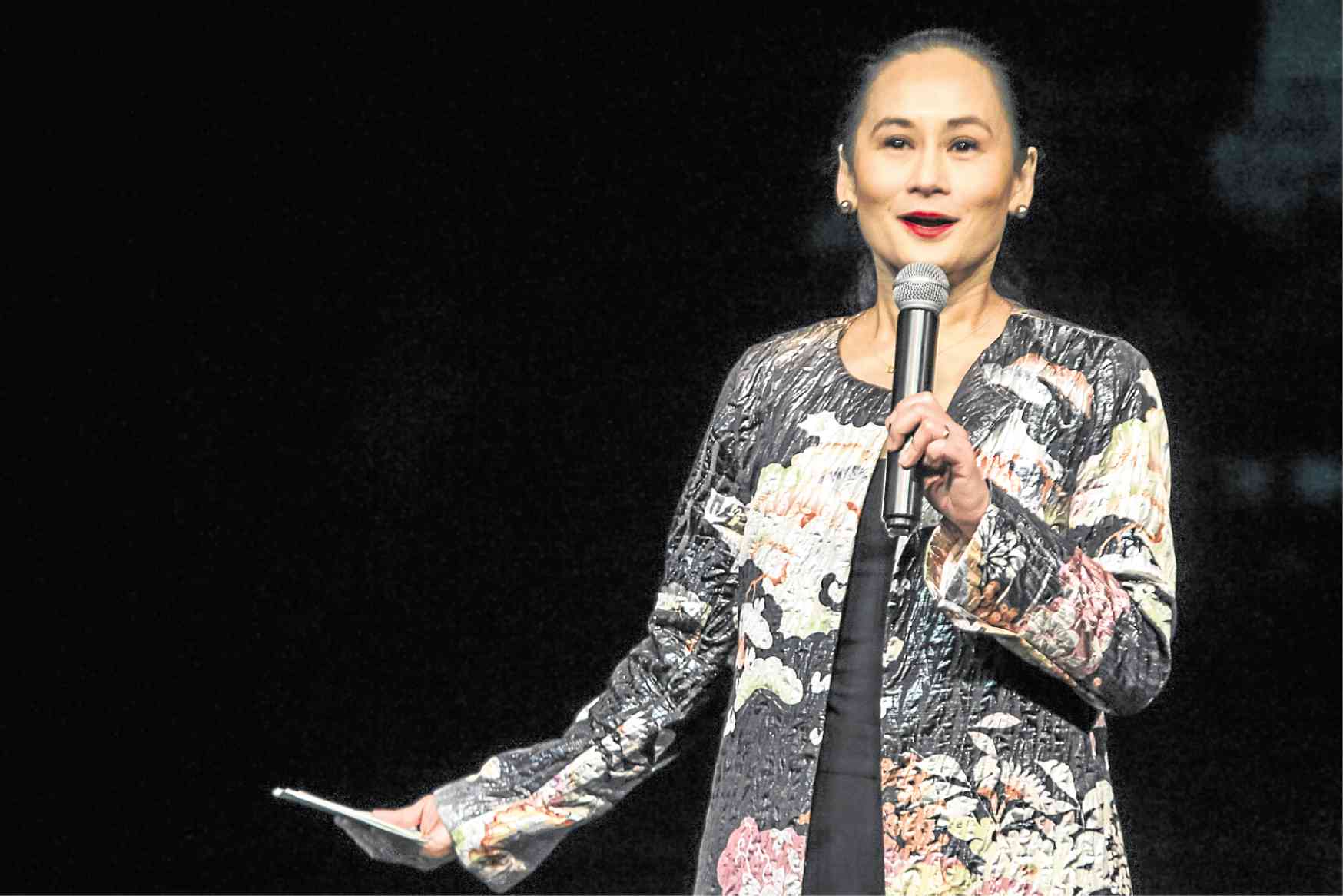
These women have worked in the arts and culture for at least a generation now, and continue to do so, mostly behind the scenes. Their commitment to their art went beyond their years as performers—into becoming heads or managers of their organizations. They were not only great performers, but were also indefatigable organizers bringing their art to the audience. No task was beneath these multitaskers; they toil away just so their art would thrive, gain an audience and have an impact in Philippine society.
The museum/gallery curators among them went beyond their respective turfs to form national alliances that could reach out to the young generation.
Claravall has trained a generation of ballet dancers and mentors in London’s Royal Academy of Dance in Manila, and continues to do so.
The involvement of these women remains steadfast no matter the odds, even in the absence of hype, publicity or awards. Thelma S. San Juan
Tessie Sy-Coson, Zenaida Tantoco, Virgie Ramos
Women who shape retail and lifestyle consumption
They began in the ’70s, in their youth—and they’re still at it.
Surely, even if they’re among the wealthiest women in the country, their commitment goes beyond the bottomline, to an unwavering passion for what they do, from developing local talents, developing a brand or retail space, to influencing the Filipino consumer’s behavior.
For two generations now, they have helped redefine the lifestylescape of the country, and they did it by working the floor, so to speak.
Sy-Coson spent her early years in the department store, where she still devotes time, on top of heading a bank. Perhaps not many remember that Sy-Coson, then a young mother, discovered and nurtured many of the country’s foremost fashion designers. Philippine fashion design owes her.
Tantoco grew up at her mother’s side, quite literally, working with foreign icons, from Diane von Furstenberg to the heirs of Ferragamo and Gucci, among others. She helped form the tastes of generations of Filipino consumers.
To the baby boomers, Gen X, Yers, Ramos is Hello Kitty—harking back to the late ’70s when she introduced the iconic brand in the Philippines and got generations on it. To millennials, Ramos is Swatch. That’s how indefatigable, restless and driven this brand maker is—and she continues to make brands and celebrity stars. Thelma S. San Juan
Lulu Tan-Gan
Fashion designer, entrepreneur and educator
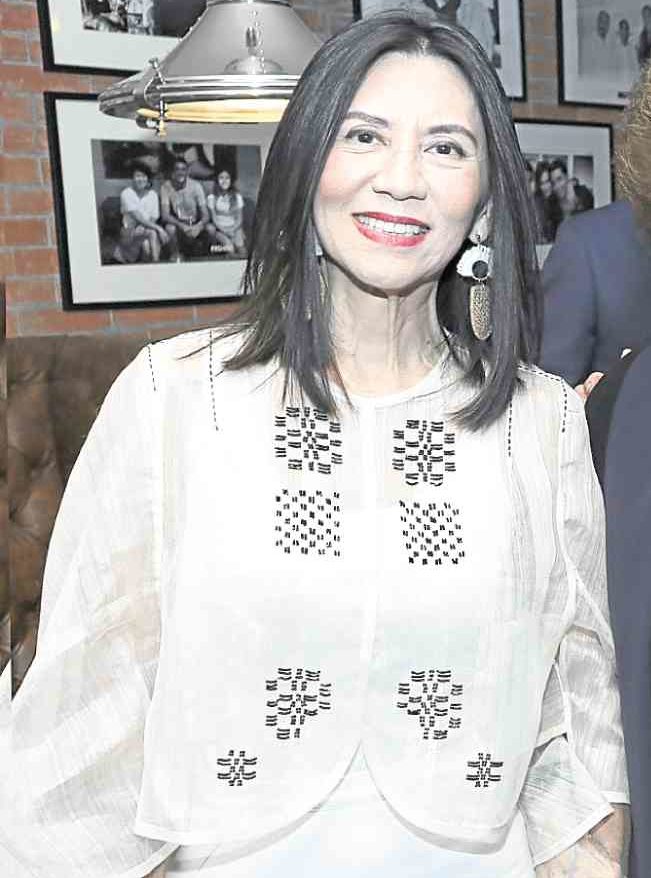
Lulu Tan-Gan may not be the first fashion designer to use piña, but she can be credited for being one of the staunchest advocates of the indigenous Filipino material’s use in contemporary, everyday wear.
Tan-Gan isn’t known for doing things easy. While other Filipino designers were bemoaning the lack of textiles in the country, she chose to create her own fabric and designed knitwear, when she launched her first line, Tan Gan Manille, in 1985. It earned her the moniker “Queen of Knits.”
In 2012, just as everyone else was outsourcing from China, and fast, disposable fashion became the norm, she switched from strictly knitwear and went full steam with contemporary RTW and apparel accessory—“indigenous couture,” she called them—using piña. Her goal was to change the widespread notion that piña wear was only for stiff Filipiniana events, and make it accessible for modern daily wear.
Tan-Gan works mostly with Aklan weavers, and she’s respectful of their traditional practice, never rushing them to produce more and faster. “Once you mechanize it, it becomes just like any imported material,” she had said.
While the fabric has its limits—it’s flimsy and has no stretch—Tan-Gan has been committed to working around its properties, experimenting with and innovating its applications.
Beyond fashion as a business, Tan-Gan is an educator, orienting the next generation in fashion as a craft and as a platform for our indigenous treasure. Cheche V. Moral
Len Cabili
Filip+Inna founder and designer
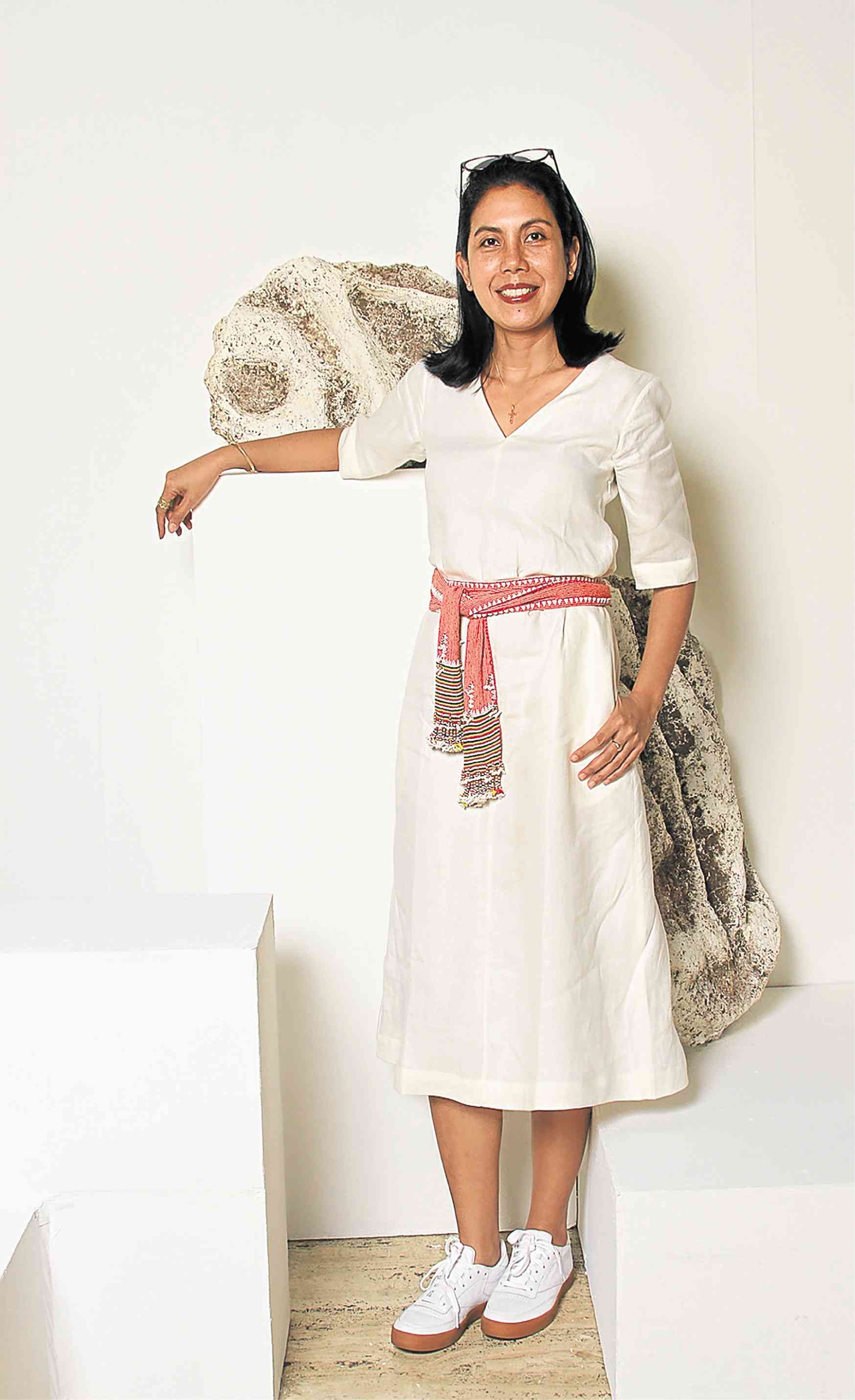
Lenora Luisa “Len” Cabili is a proud Mindanaoan who has become one of the biggest proponents of Philippine artisanal crafts in fashion, with a strong following from Manila to New York.
She grew up in Iligan and was exposed to the colorful fabric traditions of the Maranaw and the Yakan textiles of Basilan, where her mother is from.
Working with weavers, embroiderers and beaders all over the country, from Lake Sebu to Abra, Cabili has brought modern-day appeal to indigenous weaves and crafts, making them into chic, everyday must-haves. Think: colorful T’boli weaves made into shorts, or cropped boleros hand-beaded by the Tagakaolo, even denim jeans with Gaddang beadwork. Cabili has made these ethnic crafts relatable to modern fashion consumers, by elevating them into covetable, wearable pieces of art.
For Cabili, it’s not just about commerce, but also about reviving, sustaining and promoting these crafts, while remaining respectful of ethnic traditions.
The craftsmen and women “should have a stake in your project,” she had said. Filip+Inna credits the artisans by indicating their names in the clothes they make. Cheche V. Moral
Andrea Trinidad
President, Hemophilia Advocates Phils.
It was summer of 1988 when Andrea Trinidad’s mother, Sofia, was wheeled into the operating room for a routine biopsy on her myoma. She died on the table.
Sofia Trinidad, then 51, was a hemophiliac, afflicted with a rare bleeding disorder where the blood doesn’t clot normally. A hemophiliac bleeds longer than others after an injury.
She bled to death.
Sofia had informed her doctors—one of whom was her brother-in-law—that she was a bleeder. But at the time, doctors believed women could not suffer from hemophilia. (It wasn’t until three years ago that some doctors in the Philippines acknowledged that women could have the disease, as well.)
Andrea, mom of three young adults, and her youngest child, Star, both have the bleeding disorder that killed Sofia. Mother and daughter used to spend between P200,000 to P500,000 a month for clotting factor injections alone. A single shot costs around P150,000 and they sometimes need up to three each a month. (In 2012, Forbes listed hemophilia as the most expensive genetic disorder in the world.)
The rising medical bills prompted Trinidad to form a support group on Facebook in 2011. In September 2016, she registered her nonprofit, Hemophilia Advocates Phils., with the Securities and Exchange Commission. She travels abroad three to four times a year, seeking donations from foundations.
She has raised and distributed more than $1 billion worth of medicines to Filipinos with bleeding disorders. From only 50 members in 2011, Hemophilia Advocates Phils. now has 3,000 members.
In 2010, Trinidad drafted the Bleeding Disorder Standard of Care bill, revised and filed by Sen. Joel Villanueva in March 2017. The bill seeks to establish treatment centers in key regions in the Philippines and give free treatment for bleeding disorders sponsored by the government. Anne A. Jambora
(To be continued next Sunday.)

